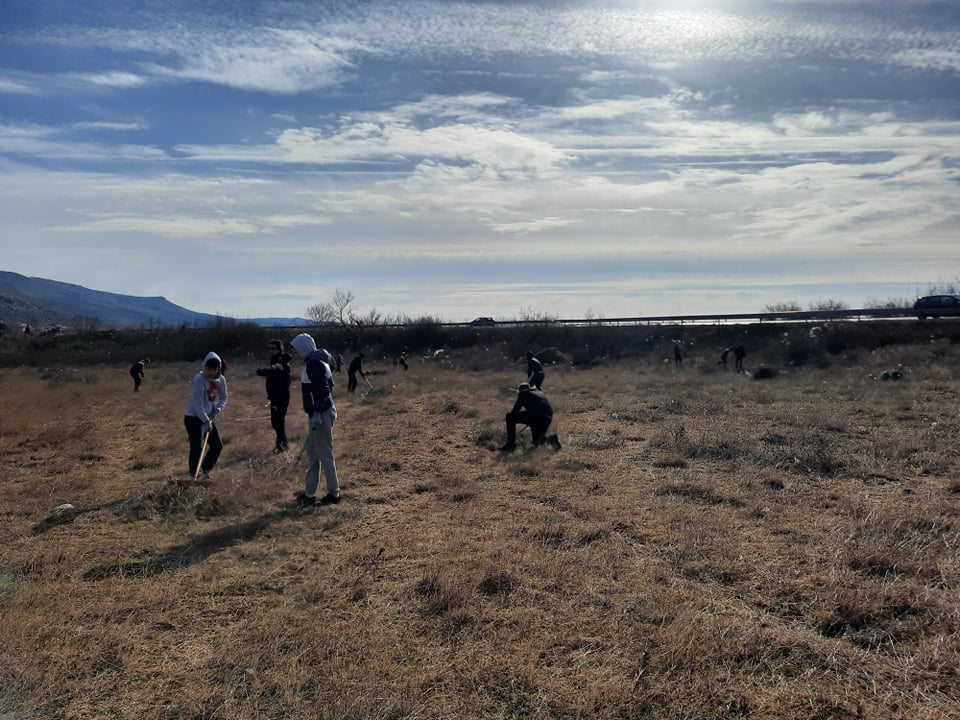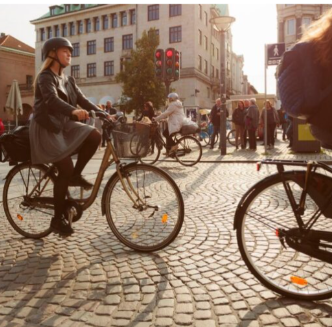HOW TO BEAT POLLUTION
How many people are dying from unhealthy environments?
The World Health Organization says 12.6 million people died due to environmental causes in 2012
Pollution has enormous human costs. Particulate matter in the air we breathe, organic pollutants and heavy metals in our food supply and drinking water — all of these pollutants cut short millions of lives every year.
Those 12.6 million people represent almost a quarter of all deaths worldwide that year. The same report also found that two thirds of those killed by an unhealthy environment died of noncommunicable diseases like strokes, heart conditions, cancers, and chronic respiratory disease, mostly attributable to air pollution.
The impact falls disproportionately on children and the poor, especially in less developed countries. Here’s the percentage of all deaths that unhealthy environments cause in each country.
Why is our environment so unhealthy?
It’s our own doing
Our industries, transport systems and power facilities churn out black carbon, methane, and other pollutants that penetrate deep into our lungs. We dump our wastewater untreated into lakes and rivers, killing wildlife and contaminating our own drinking supplies. We practice unsustainable farming, fundamentally altering entire ecosystems. And we dump millions of tons of plastic into our oceans every year, threatening wildlife and fragile marine habitats.
While some pollutants affect only one of those spaces, others — like waste — can impact air, soil and freshwater, as well as our oceans and coasts.
Between 1970 and 2000, the amount of waste generated per person every year almost doubled. This rate will continue to grow unless we take steps to stop creating waste — and that’s the key. We need to reduce the amount of trash we generate in the first place, while also finding new ways to reuse it, recycle it — or dispose of it safely.
Here’s how many kilograms of waste (municipal solid waste) a person produces every year, by country.
Do we know how much damage we’re doing?
We can use certain indicators to measure our impact. This information can help us prioritize our efforts.
We can use specific measurements — from levels of pollutants to access to sanitation, to consumption or environmental policies already in place — to assess the impact of pollution and reveal the trends and geographic differences that can guide our plans to combat it.
In the table below, we’ve used four metrics: exposure levels to fine particles as an indicator for the state of air pollution; availability of renewable water; fertilizer consumption as a measure of our impact on soil and land; and lastly, the rate of reporting of chemicals and waste, as mandated by international conventions, to gauge how often countries meet their obligations on the matter.
So, what are we doing about it?
Many policies are helping, but more need to come.
Of course, pollution isn’t a new phenomenon – nor is action to counter it. A number of international conventions and national laws are already tackling the problem, and some of them – including efforts to repair the ozone layer and the phasing out of a number of toxic chemicals and pesticides – have been very successful. The Convention on Biological Diversity’s Aichi Biodiversity Targets call for a decrease in pollution and demand specific actions on excess nutrients. The Paris Climate Agreement is a major step forward in tackling both climate change and air pollution.
We need to adapt these models, and scale up what works. We also need to dramatically step up our ambitions.



![Maxresdefault[1]](https://novival.info/wp-content/uploads/2021/05/maxresdefault1.jpg)
